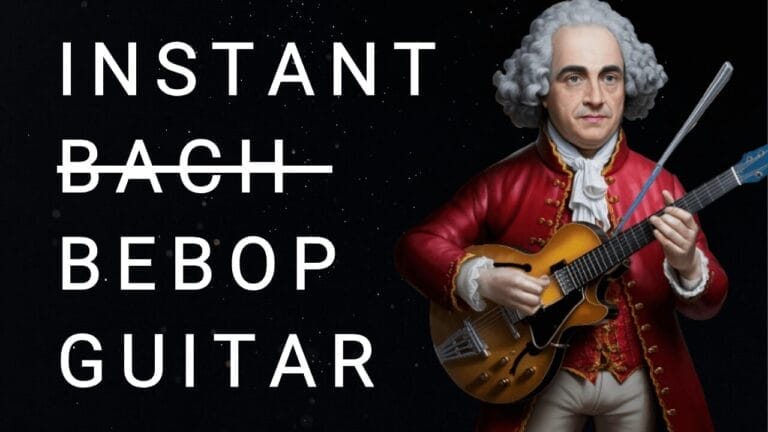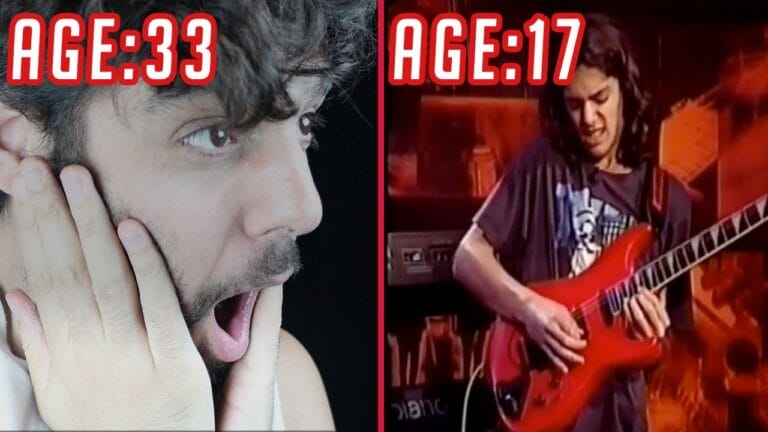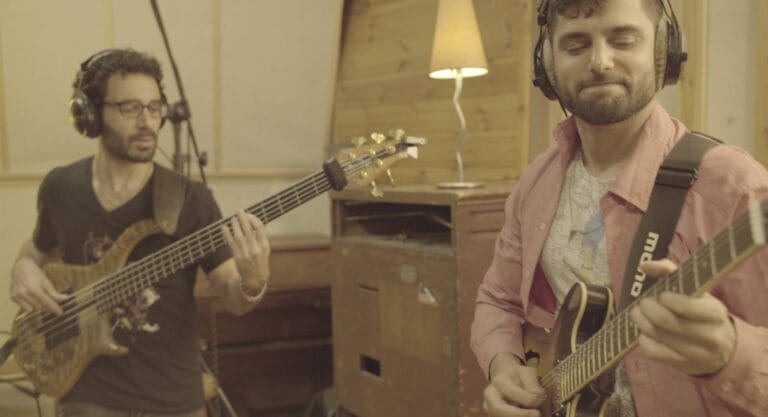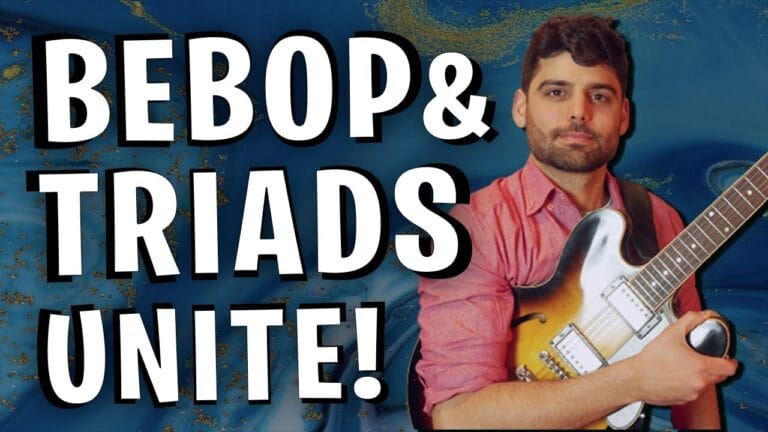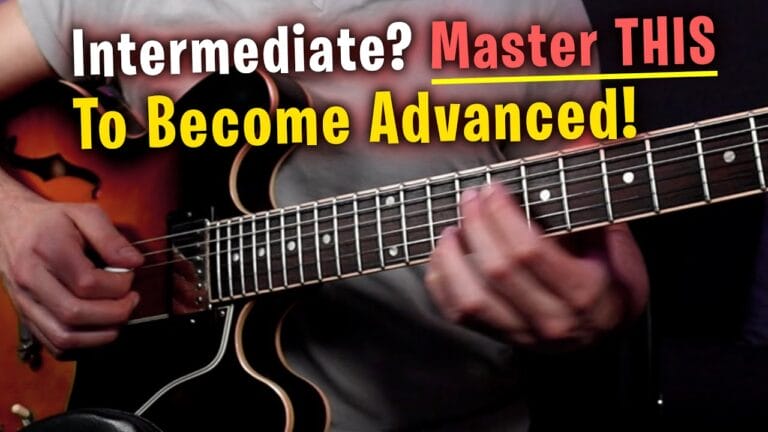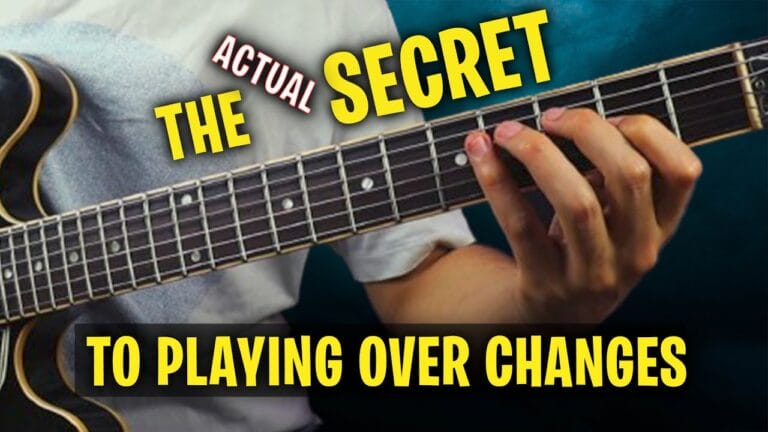This Skill Will Change Your Soloing Forever!!
Next level Soloing Using Motivic Development
After learning the material in this article you will have the abilities to:
- Develop a story, so the listener can follow your musical train of thought.
- Discover the art of variation In your playing.
- Acknowledge/ Develop your ideas bringing new purpose to your current musical abilities.
Preface:
I want to start by giving thanks to all the great artists who were my musical inspiration through the years. Helping me discover again and again the deep meaning of developing a musical idea. Their artistry and craftsmanship are the wind beneath my wings.
One of the most often asked questions I get from my students and guitarists around the world, Is: “How do I use the material I know so far to create musical sense and flow in my soloing?”.
My answer hasn’t changed in 15 years: Learn to tell a story with it.
What makes a great movie great? What makes a great book great?
Well, a very big part of it is the art of developing an idea.
Before we can become great storytellers, we will first need to have some storytelling skills under our belts. Yes, it does take time and effort just like anything else: learning scales, working on technique etc. but this my friends is TOTALLY worth your practice time.
The art of motivic development Is a rudimentary skill to have as a player of any instrument and is the heart and soul of soloing. Once you dive deep into it, you will have the ability to take an idea all the way to the moon, grabbing the listener’s attention.
Within time and practice, you’re soloing will have its own identity, story and energy. Your solos will become juicy and alive like never before.
Let me show you some of the main tools I practice and how I help my students develop storytelling in their playing.
You may also like:
Choosing a Motive
Before you can develop an idea you first need to choose what idea you’d like to develop.
So how do you choose? It depends, but here are a few ideas
Suppose you are jamming with friends, how about grabbing one of their ideas and trying to develop it? Let’s say the drummer comes up with some groovy rhythmic figure, try and develop that! That intention alone can make the jam way more happening.
Let’s take another example: You are trying to build a solo on a given song.
That song probably has a melody. How about taking ideas from that song’s melodic structure and developing them into full solos. Using the song as an “idea box”. You see, as improvisers, inspiration, and ideas are always around the corner.
In this lesson, I choose a standard form and harmony of a C jazz blues.
I came up with whatever melodic ideas I had at the moment and tried to apply the different motivic development principles into real-time improvisation in my soloing.
So without further ado, let’s head over to the exercises.
The following exercises are based on the evergreen topic of continuity. Which can be found in almost any art form, including: Literature, dancing, songwriting, theater etc.
1: Repetition, Repetition, Repetition.
You can simply and powerfully emphasize an Idea by repeating it again and again.
It can be an Exact repeat or an inexact repeat.
- Play a phrase.
- Rest.
- Repeat the phrase with intention.
When you “had enough” with that idea, move on and apply the same process with the next idea.
So how do you choose? It depends, but here are a few ideas

2: Variation
The goal here is to keep the original rhythm in the ears of the listener, while altering the notes working them out through the tune.
- Play a phrase.
- Rest.
- Play another phrase with the same rhythm, different notes.
- Repeat

3: Fragmentation
In this exercise you will a play longer phrase, then, take a part of that longer phrase and apply variation on it. As we know from the last exercise, variation is keeping the rhythm while changing the notes.
- Play a longer phrase.
- Rest.
- Apply variation on a part (aka fragment) of that longer phrase.
- Repeat.

But wait!… How do I know what notes to play to create motives in my soloing?
Of course, you need to have the harmonic/melodic fundamentals down.
This course will teach you the very fundamentals of improvisation covering subjects such as: Triads, Arpeggios, Voice Leading your ideas, hitting the right notes. And most importantly making actual music while soloing! We’ll cover the basics, unleash your creativity and apply the concepts through actual tunes showing you how to play over it!









